NBS4LOCAL #1
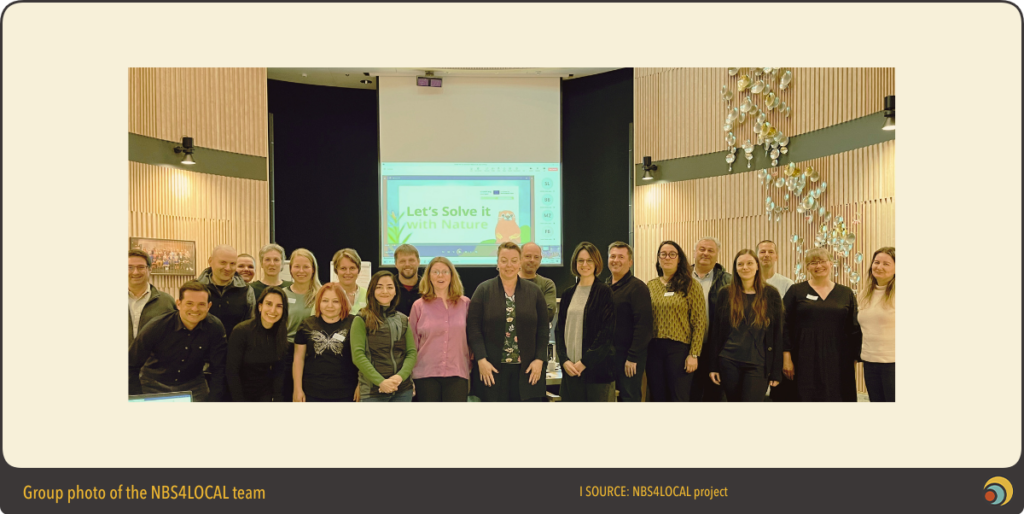
An Interreg Europe Project to Mainstream Nature-Based Solutions NBS4LOCAL, an Interreg Europe project that BURST is part of, has reached a major milestone recently. This is a great opportunity to summarise what our project has achieved so far and what is next in our work. This project, led by the Hungarian Ministry of Public Administration […]
How an EU-funded project is transforming housing in Budapest?
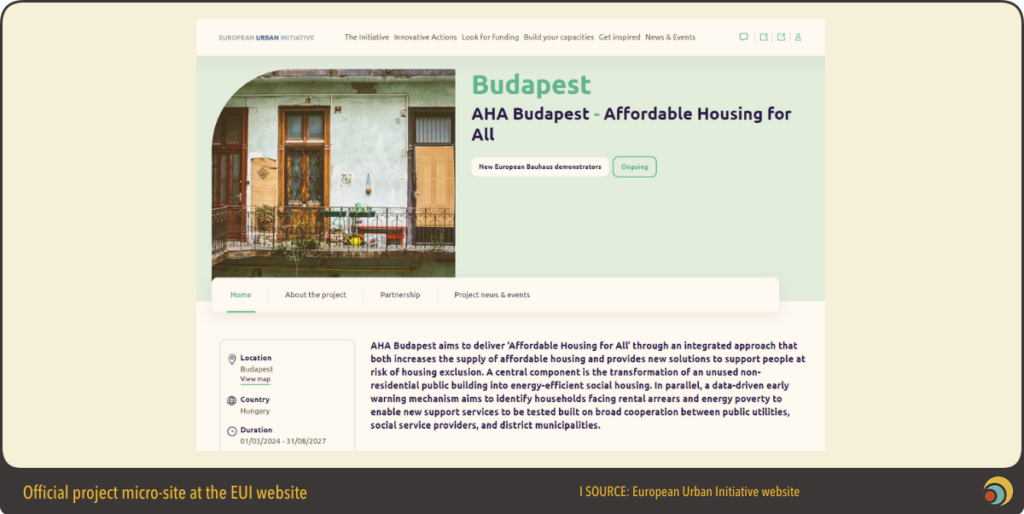
The cost of housing is increasingly becoming a significant issue in all major European cities. Budapest, where BURST is based, however, is especially hard hit by the housing crisis, seeing one of the largest increases in housing prices in Europe. Meanwhile, as the yearly housing report of Habitat for Humanity Hungary highlights, there are no […]
Creating climate-adaptive gardens inside and beyond the fence – a case study of Budapest’s XVIIIth district’s way to regenerate public and private green spaces for natural water conservation

Flash floods and other extreme precipitation events are increasingly affecting municipalities across Europe, who are increasingly adopting nature-based solutions (NBS) to address the problem. This is the spirit of the XVIIIth district of Budapest, where the municipality is undertaking the UPSURGE transnational project to introduce natural water retention solutions on public land and to extend […]
Regenerative agriculture – the Holy Grail of nature-based solutions
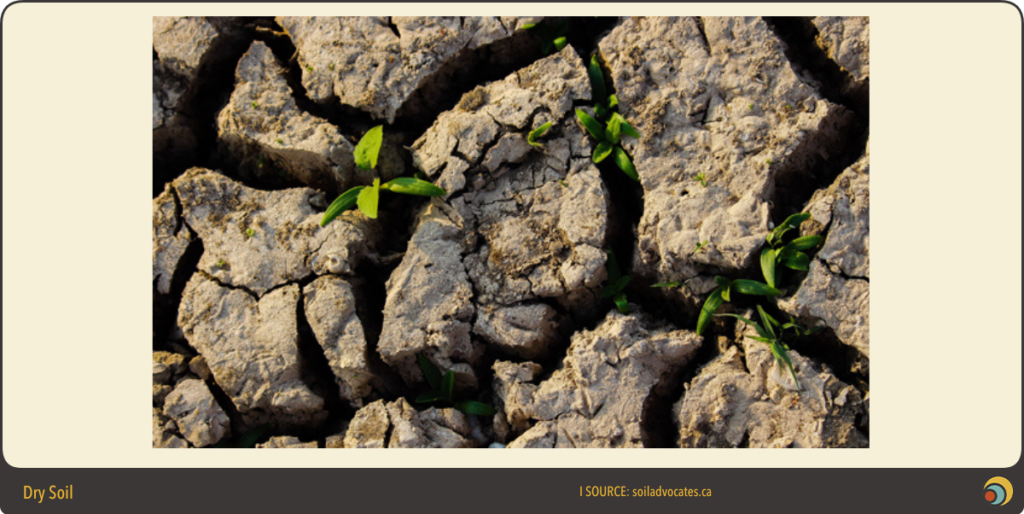
According to the International Union for Nature Conservation itself, which launched the very concept of nature-based solutions, agriculture is the most important issue and the biggest opportunity for nature-based solutions in our days. By now we know that with the methods of regenerative agriculture it is possible to multiply the amount of soil organic matter […]
Rural greening plans in the field of agriculture – unfolding the EU’s Common Agricultural Policy
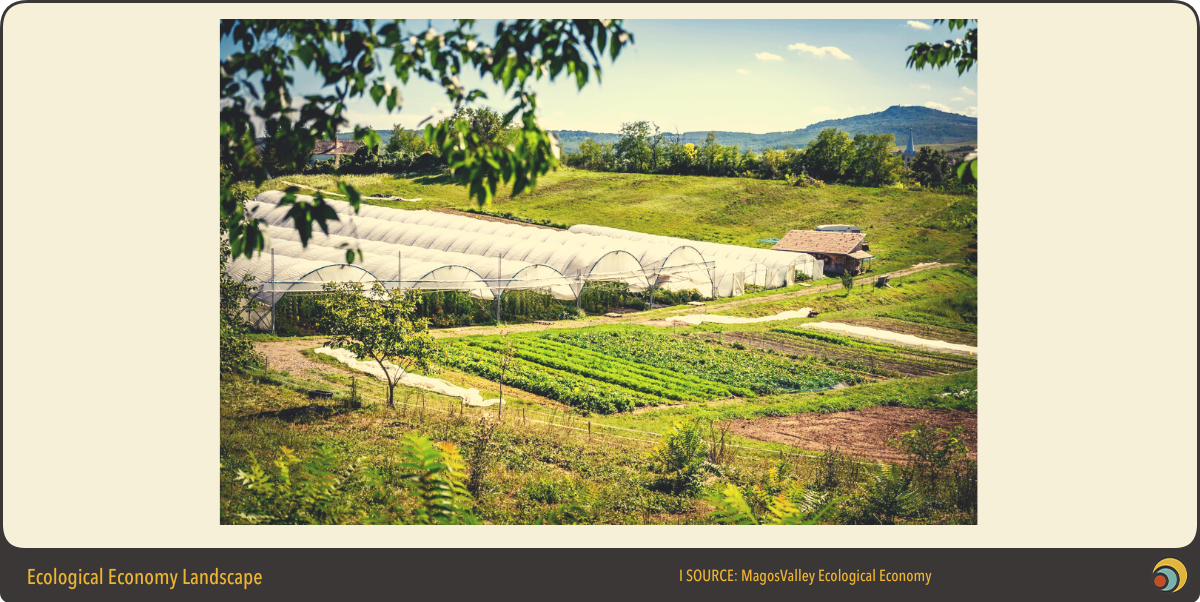
The new Common Agricultural Policy (CAP) of the European Union for the period 2023-2027 offers an opportunity to make agriculture greener, more fair, more sustainable and more result-oriented – this opportunity is turned into practice in the member states through national legislations, following the common EU directives. What are the regulatory and support instruments and […]
From the EU’s Biodiversity Strategy to Urban Greening Plans
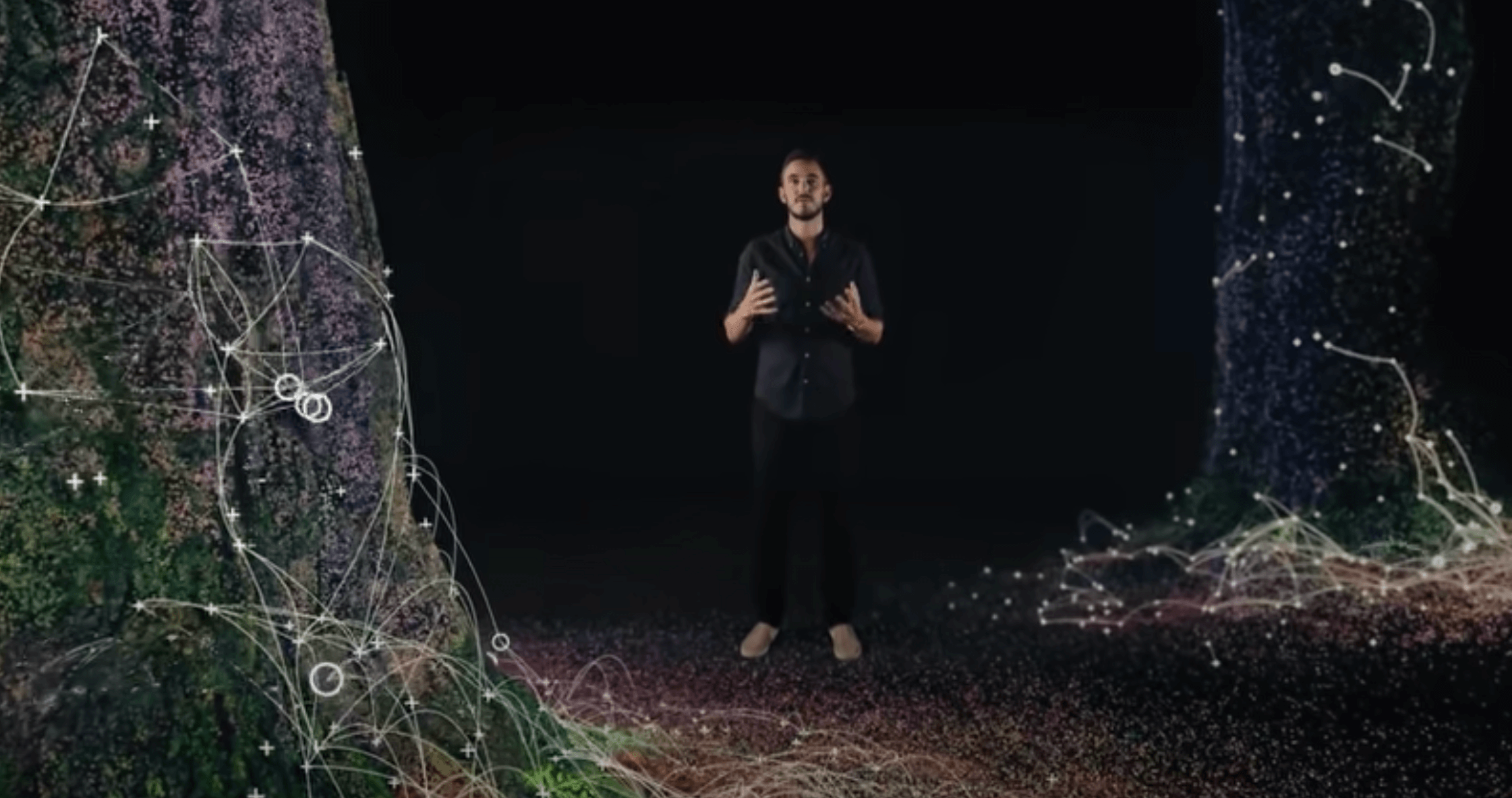
How the EU is Legislating for Nature Restoration in Cities? In the last couple of years, increased attention has been paid to environmental challenges in the European Union’s agenda. Part of this is an increased focus on biodiversity and related issues, such as nature restoration. For example, the European Green Deal aims to utilise natural […]
Breaking the glass ceiling: NBS water retention is becoming a horizontal principle IN policies
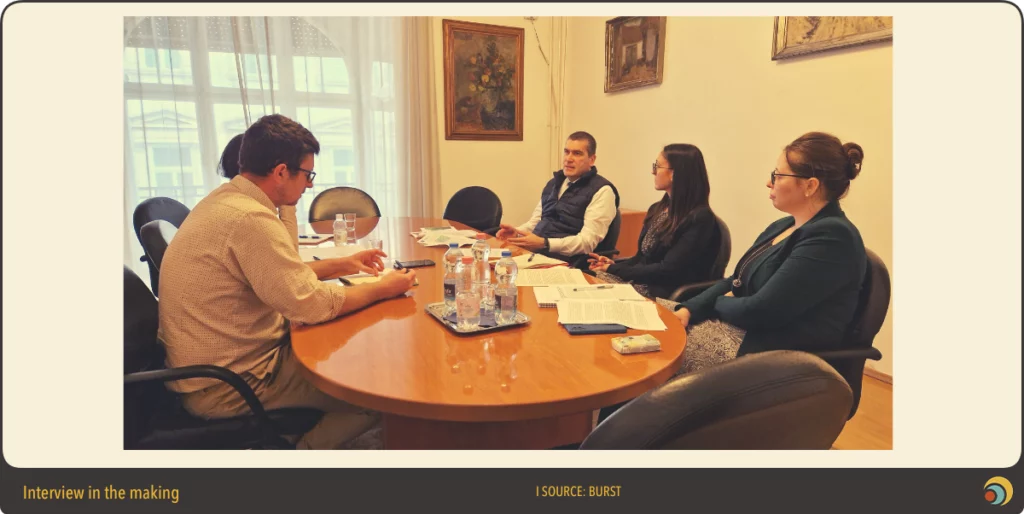
Unexpected and dramatic precipitation events become everyday struggles as the effects of climate change can be felt more and more on our skin. Managing the response to this phenomenon requires multilevel and interdisciplinary effort from cities, regions, countries and transnational systems likewise. In this broad horizon, we investigated the coordination role of municipalities with regards […]
Green Transformation, Community Led: The European Commission on the New European Bauhaus
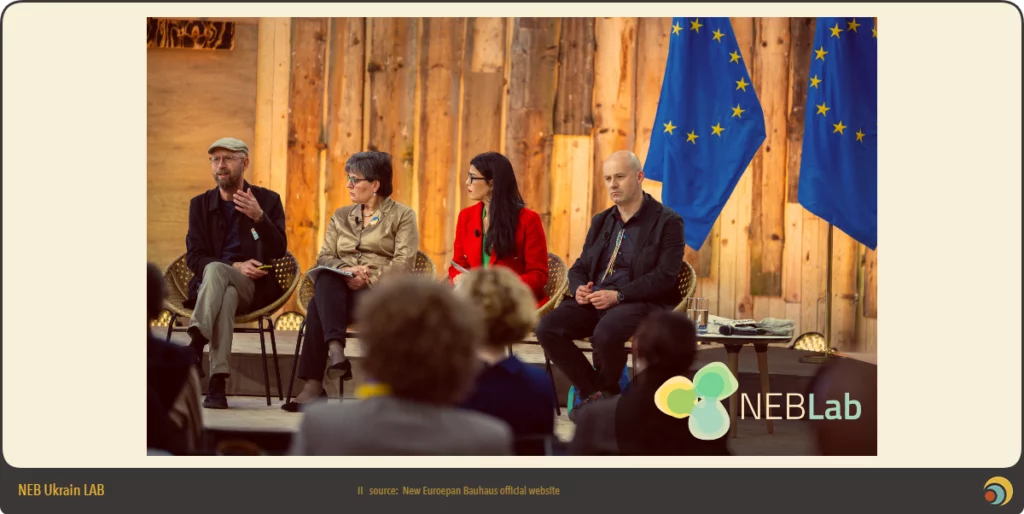
Readers of the BURST Magazine may be familiar with the New European Bauhaus initiative, as we already covered it in July last year. However, this time, we managed to ask Alicja Herbowska, Acting Head of Unit for the NEB at the Joint Research Centre of the European Commission for an interview. The interview will explain […]
From Living Labs to Societally Conscious Manufacturing: The Case of Eindhoven
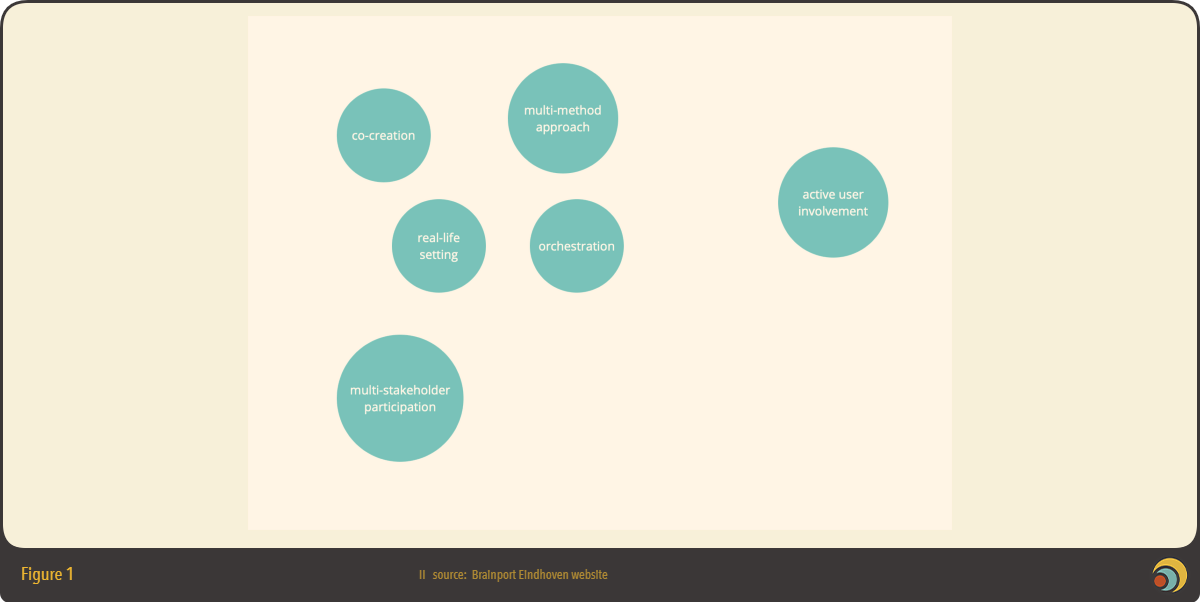
This month, we talked to Wim de Kinderen, who works for the Brussels Office of Brainport Eindhoven. This interview will cover a lot from living labs to mixing technical and social innovation, from regenerating a region through triple-helix economic initiatives to 3D printing. However, there is an underlying theme here: how economic development can be […]
Circular water treatment in large-scale buildings – a good practice technology guide
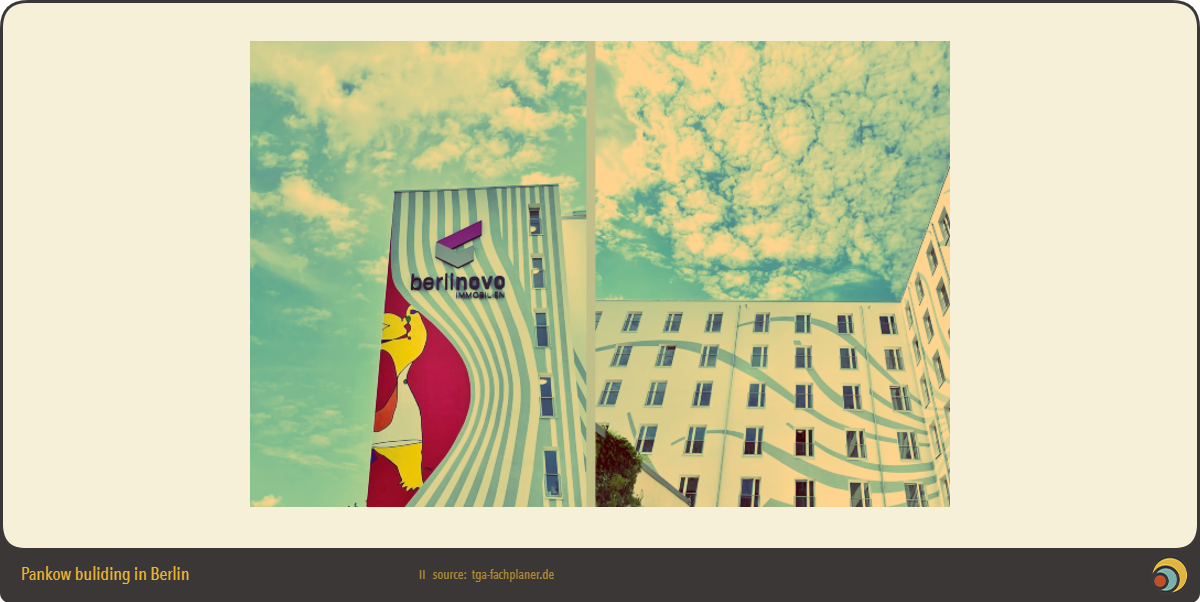
At BURST we already started diving into the topic of sustainable water management: we brought you a material discussing comprehensive solutions to the global water crisis in theory, and also interviewed a research organisation on the palette of nature based solutions for managing water scarcity and on the prospects of using them in the public […]
